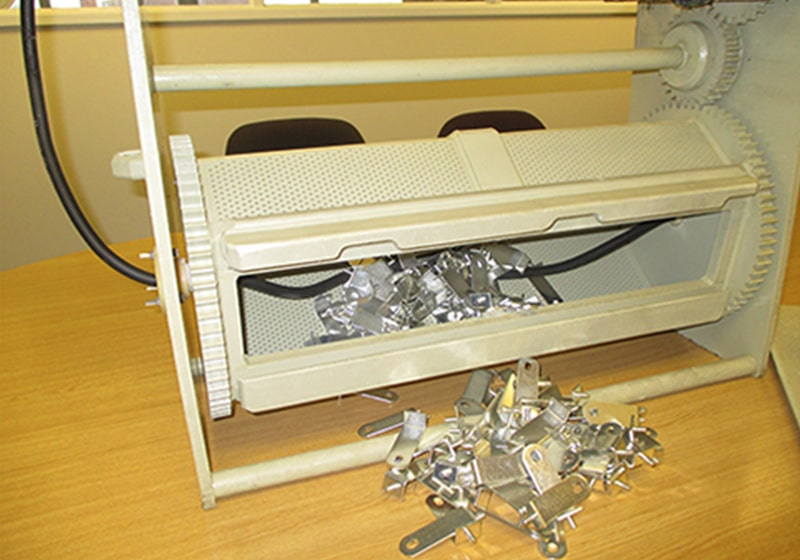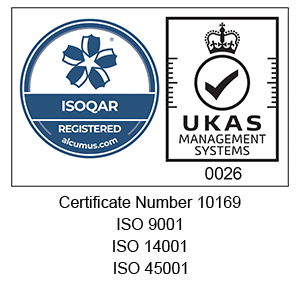
As you will be able to see from the rest of our site, the ways of surface coating metals through immersion are many and varied. Here at Karas Plating, we are experts in all methods, able to adjust our processes to meet the specific requirements of our customers in the North West and across the UK. While the chemical solutions we employ differ from one process to the next, the methodology by which we apply them often uses two common and effective techniques – rack plating and barrel plating.
What is rack plating?

Rack plating is a useful immersion method utilised for the plating of larger components. These components are arranged on a specially constructed rack, before being dipped into the relevant chemical solution to allow for the plating process to take place. This rack is usually constructed from a non-metal material to ensure that it does not impede upon the plating process. Rack plating allows for many components to be plated at once and, thanks to its construction, ensures that all components are plated at a uniform rate, across the batch.
What is barrel plating?
The principles behind barrel plating are much the same as those for rack plating, though the process tends to be used for smaller components and parts. In this instance, the small parts are loading into a drum-like container with small holes to allow for the ingress of the chemical solution.
This device is lowered into the solution and the chemicals allowed to seep in and fill the barrel. The barrel is then spun to ensure that all parts are equally coated and covered for the time necessary for adequate plating to take effect.
If you can picture a tombola crossed with a colander, you won’t be far off recognising how this mechanism works.


Applications of rack and barrel plating
Being a method of applying surface coating to an object, rather than a plating process in and of itself, rack and barrel plating has thousands of applications across hundreds of industries. It allows for multiple components to be plated at the same time, reducing time and cost for our customers.
Whether using barrel plating for the smallest of electronic components or rack plating for larger parts, both these methods result in a significant reduction of the processing time, as well as producing a uniform effect across all the affected parts.
Customers in such diverse sectors as aerospace, automobiles, medical, construction, technology, and many more, have all benefited from the process improvements made possible by both rack plating and barrel plating.



